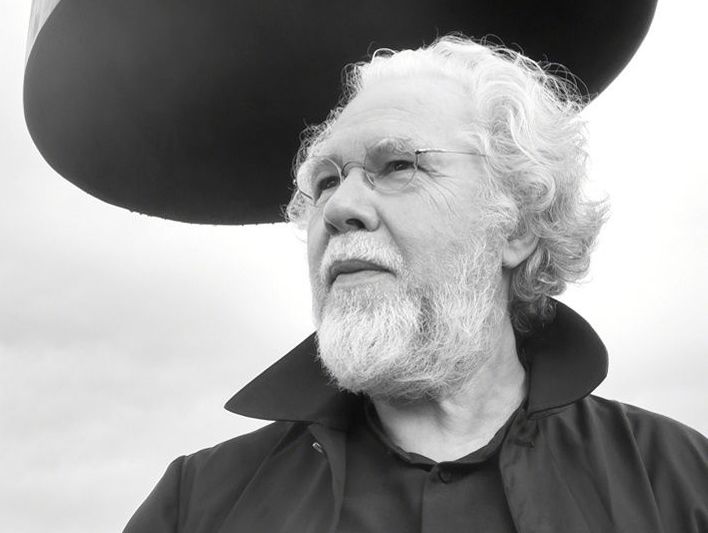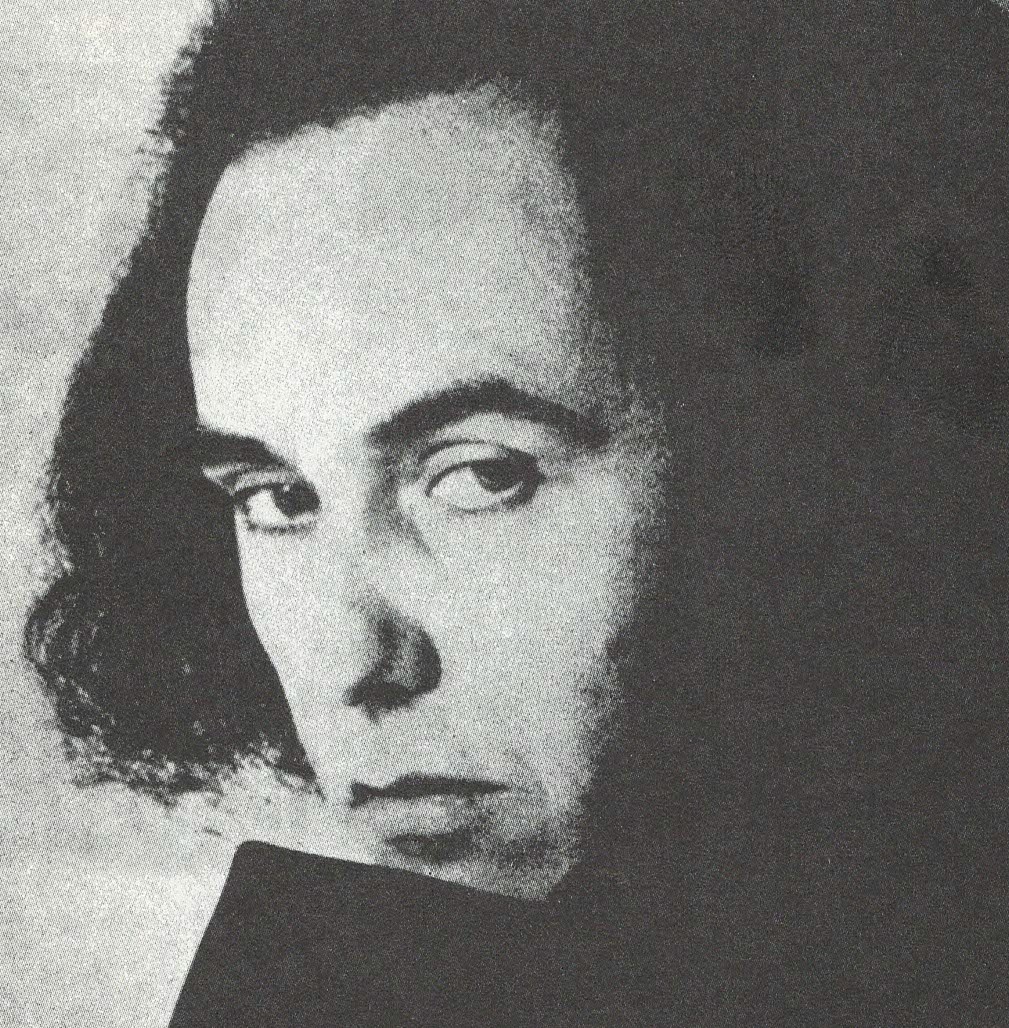Listen to the article here:
The 7 sleepers rotate on domes that become sailing ships.
They roll in a Macedonian sky to offer possible orientation.
Lunar clarifiers for those on the road who have lost the stars.
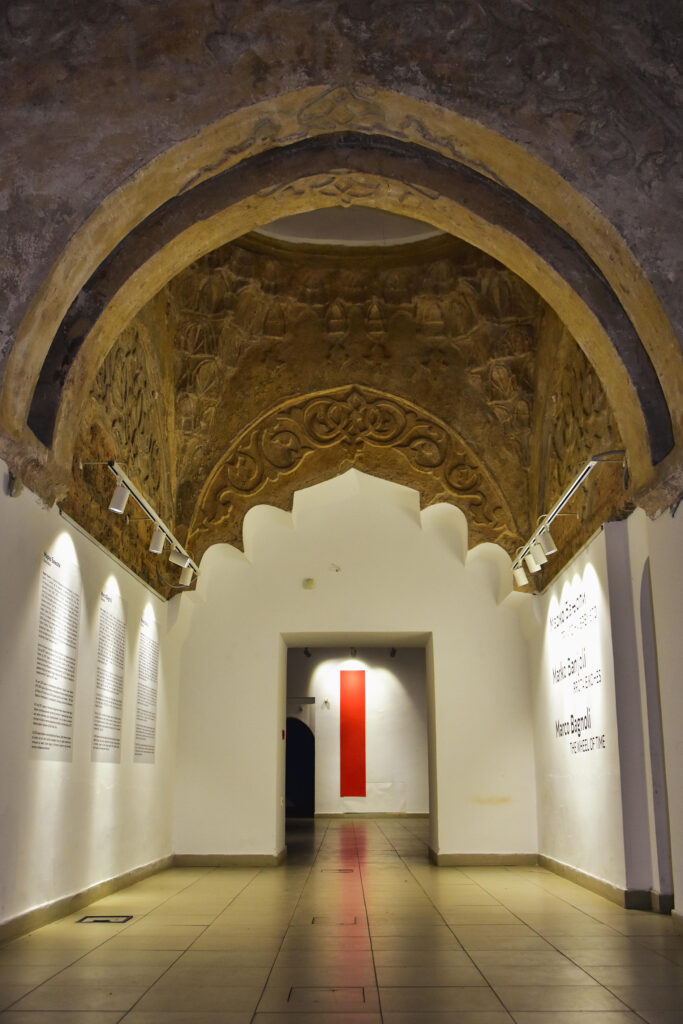
By Matteo Binci
Marco Bagnoli conducts a unique cosmic and spiritual investigation that merges Western and Eastern beliefs, interpreting mythologies and scriptures from various centuries and heterogeneous cultures. As we enter the Čifte Hammam in Skopje, built in the mid-15th century, we find ourselves immersed in a luminous book of humanity. This book, crafted through video images and discordant languages, generates an unprecedented idiom that transcends the oral traditions of the Christian Bible, the Jewish Torah founding narrative, and the revelatory message of the Muslim Koran. Personal in expression but universal in value, this scripture of sounds and images fosters a cultural and religious syncretism that engages with the history of the Hammam, a place used over the centuries by Muslims, Jews, and Catholics alike.
Bagnoli draws on terms and visions from histories spanning from ancient Ephesus to contemporary Indian Auroville—a crossroads of knowledge and citizenship—to ancient chess gardens made of gold and silver and the mythical Arab phoenix.
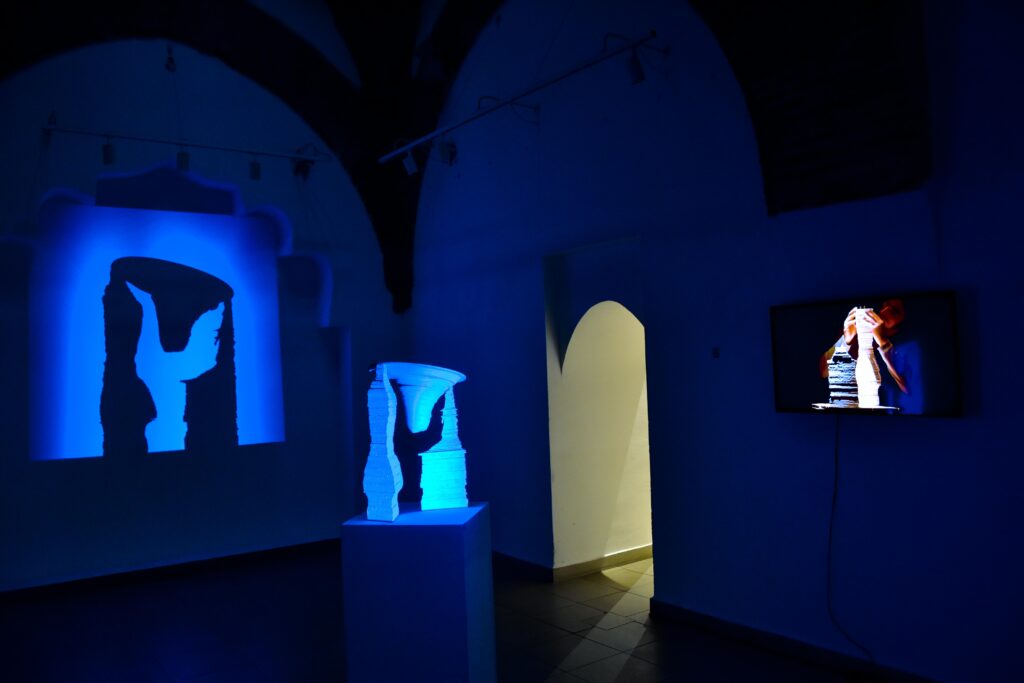

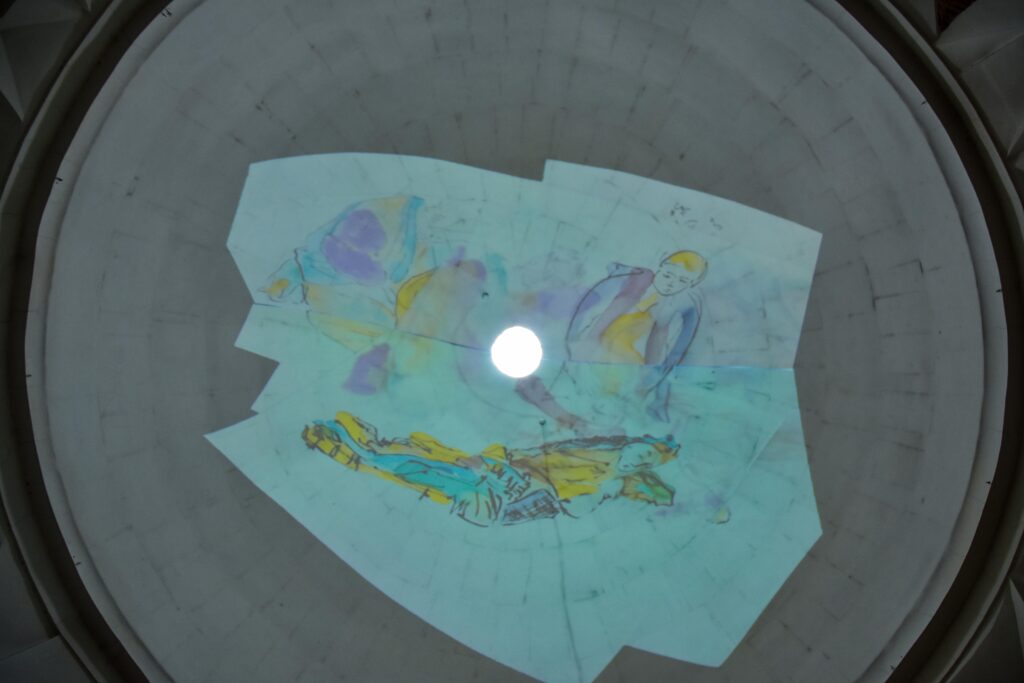
Through his art, the artist seeks a spiritual and human unity that transcends today's boundaries, which are often drawn and imposed by human limitations. This unity materializes almost unconsciously, as if discovered by a diviner with closed eyes but a disclosed spirit, during the daily midday and afternoon prayers when the voice of the muezzin permeates the Hammam and spreads to the main dome where Bagnoli projects the drawings of the Sette Dormienti (Seven Sleepers).
The ancient legend tells of seven young men from Ephesus who, to escape persecution, sleep unaware in a cave for over two centuries, only realizing the passage of time upon awakening. The call to prayer blends with Bagnoli's projections, which address the themes of authorship and the social role of the artist in ancient civilizations or those outside the West. The voice of the imam—who serves not as a mediator between the faithful and God but as a guide—complements the artist's vocation. Bagnoli abandons the persona of a prophet to become a contemporary messenger, conveying his way of life and his art.
